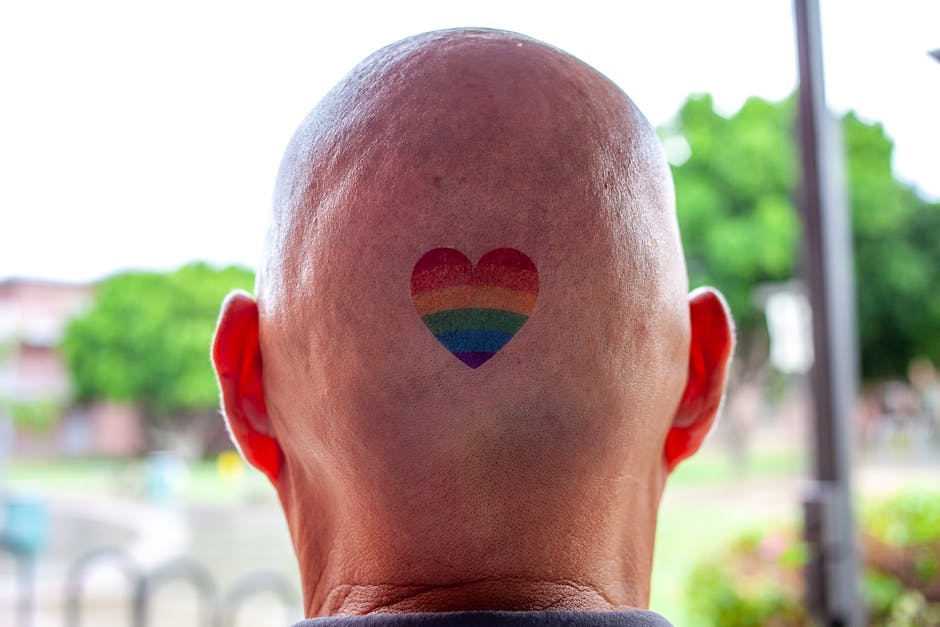
Contents
Understanding Scalp Conditions and Seborrheic Dermatitis
Seborrheic Dermatitis, often referred to as Dandruff, is a common, chronic skin condition that affects the scalp, scalp margins, face, and/or chest. Seborrheic Dermatitis is caused by an overgrowth of a yeast-like fungus known as Malassezia. It can be marked by redness, itching, scale, flaking and occasionally some hair loss.
Recognizing the Symptoms of Seborrheic Dermatitis
Seborrheic Dermatitis often appears in men, women and children of all skin types and ages, though it is most common in middle-aged adults. Symptoms of Seborrheic Dermatitis can include itching, flaking, scaling, and sometimes redness of the affected areas. Additionally, sebum (excess oil) can be seen on the scalp. Seborrheic Dermatitis can also cause a yellowish-white or greasy scale on the scalp, or in severe cases, bad scalp odor.
Diagnosing Seborrheic Dermatitis
If your scalp appears inflamed and is persistently flaky or itchy, it is important to visit your doctor for diagnosis and treatment. Your doctor can diagnose Seborrheic Dermatitis by examining the affected areas. The diagnosis is typically done by looking for characteristic skin lesions and assessing for signs of irritation, scaling, and redness.
Treating Seborrheic Dermatitis
Treatment for Seborrheic Dermatitis generally begins with the use of antifungal products such as shampoos and creams. These products can help reduce inflammation, reduce scaling, and soothe the itching. Additionally, many dermatologists recommend prescription-strength topical medications such as corticosteroids. These can help reduce the inflammation and bring relief. For more serious cases, a doctor may also recommend an oral antifungal medication.
Preventing Seborrheic Dermatitis
The best way to prevent Seborrheic Dermatitis is to practice good at-home skin care and hair care routines. This includes keeping the scalp and affected areas clean and dry, using a gentle shampoo, and avoiding excessive scalp scratching. It is also important to talk to your doctor about any potential side effects from medications, including topical creams and antifungals. Finally, it is important to keep the body hydrated and eat a balanced diet to help promote healthy skin.
Conclusion
Seborrheic Dermatitis is a common skin condition that affects the scalp and other areas of the body. It can cause itching, flaking, scaling, redness and occasionally hair loss. Recognizing the symptoms is the first step to diagnose and treat Seborrheic Dermatitis. Treatment often includes topical antifungals as well as moisturizers to keep the skin hydrated. Preventing Seborrheic Dermatitis includes practicing good at-home skin care, avoiding scratching, and maintaining a balanced diet.
